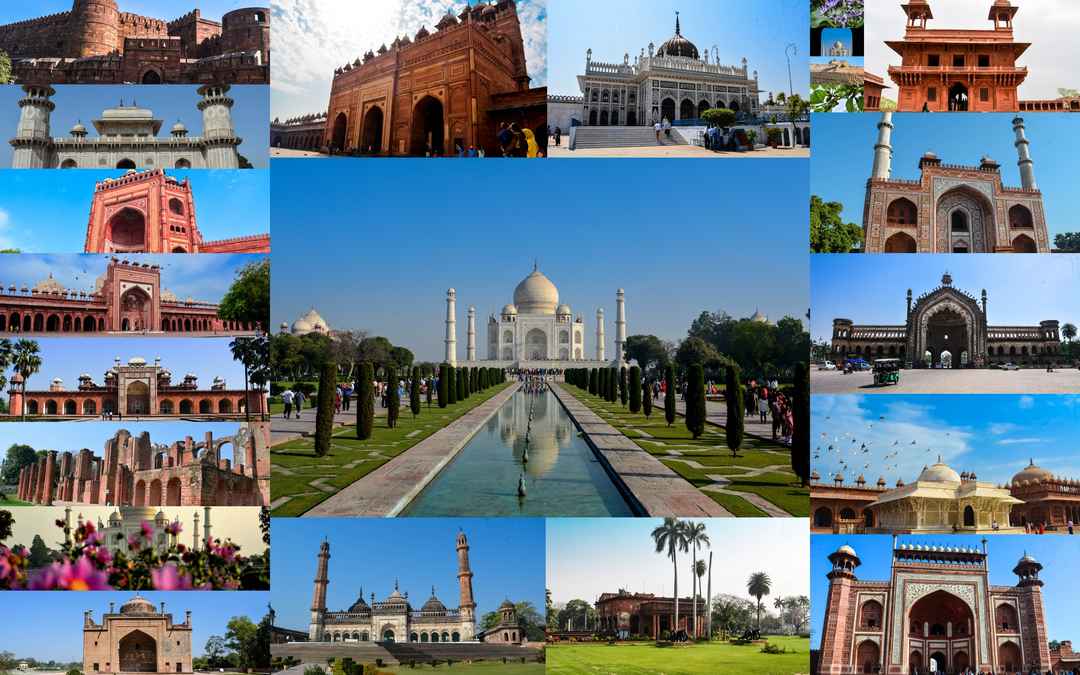Font size:
Print
Digital Public Infrastructure
Context:
India’s achievement of over 80% financial inclusion within six years has set a global standard, particularly highlighted at the 2023 G20 summit. The G20 report outlines a global strategy for digital public infrastructure (DPI), with India aiming to guide other nations towards digital sovereignty and financial self-reliance.

Digital Public Infrastructure( DPI) :
- DPIs mediate the flow of people, money and information.
- First, the flow of people through a digital ID System.
- Second, the flow of money through a real-time fast payment system.
- And third, the flow of personal information through a consent-based data sharing system to actualise the benefits of DPIs and to empower the citizen with a real ability to control data.
- India, through India Stack , became the first country to develop all three foundational DPIs:
- Digital identity (Aadhar ),
- Real-time fast payment (UPI)
- A platform to safely share personal data without compromising privacy (Account Aggregator built on the Data Empowerment Protection Architecture or DEPA).
- Digital Public Infrastructure (DPI) in India, established through a Public-Private-Policy partnership, has set a global benchmark for nations, corporations, and startups.
- Digital Public Infrastructure (DPI) uses technology within a public-interest ecosystem to achieve societal goals, integrating technology, markets, and governance.
- A “good DPI” ensures security, scalability, and inclusivity while balancing technology with societal needs and maintaining authenticity and fidelity.

5 Guiding Principles for a “Good DPI”:
- Uphold Citizen Relationships: Ensure the digital infrastructure maintains a fair relationship between citizens, the market, and the state, free from adverse influences.
- Example:Aadhaar Integration with Subsidy Distribution: Aadhaar-based Direct Benefit Transfer (DBT) ensures subsidies like LPG are directly transferred to beneficiaries’ bank accounts, reducing leakage and maintaining a fair relationship between citizens, the market, and the state.
- Safeguard Empowerment and Privacy: Implement a consent-based system for data sharing to prioritise individual empowerment and privacy.
- Aadhaar Consent-Based Data Sharing: The use of eKYC in banking services allows individuals to share only the required personal data with consent, ensuring privacy and empowerment.
- No data is shared without explicit user consent, adhering to privacy standards.
- Prevent Lock-In: Ensure interoperability to avoid monopolistic control and prevent citizens from being trapped by competing entities.
- Unified Payments Interface (UPI): UPI’s interoperability across banks and payment apps prevents monopolistic control by any single entity. Users can choose any platform to transact, ensuring flexibility and avoiding lock-in.
- Techno-Legal Regulation: Combine technology and legal frameworks to govern ethical tech use, ensuring innovation, security, and societal rights.
- Data Empowerment and Protection Architecture (DEPA): DEPA’s framework allows users to control their financial data, ensuring it is shared only with their consent and within regulated guardrails.
- This promotes ethical tech use and protects users’ rights.
- Public-Private Innovation: Promote collaboration between public and private sectors while avoiding corporate domination, focusing on public good rather than corporate interests.
- UPI’s Public-Private Collaboration: The success of UPI was driven by collaboration between the National Payments Corporation of India (NPCI) and private fintech companies like Google Pay and PhonePe.
- Despite private participation, UPI operates under public oversight, ensuring the system serves public interests rather than corporate monopolies.



